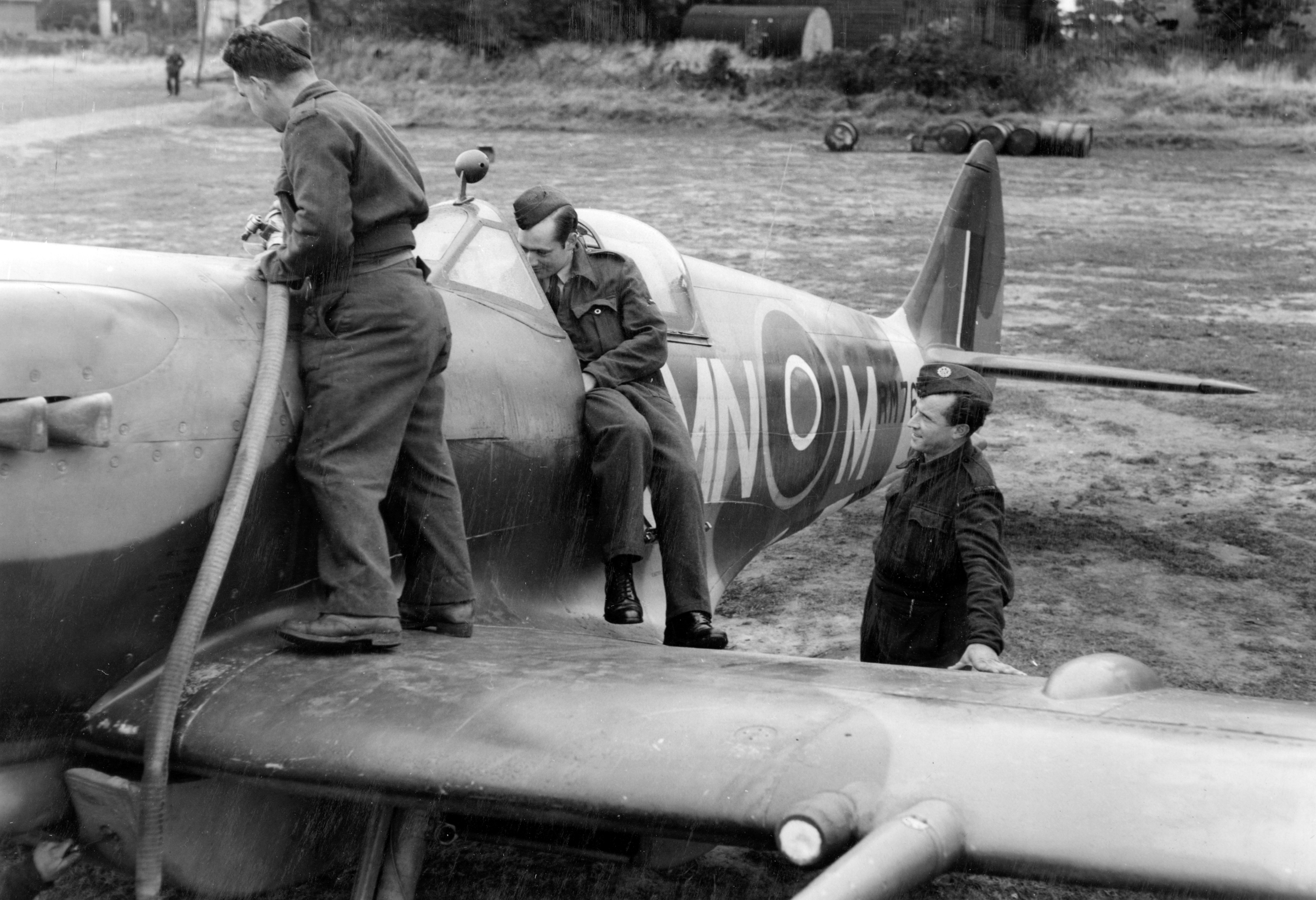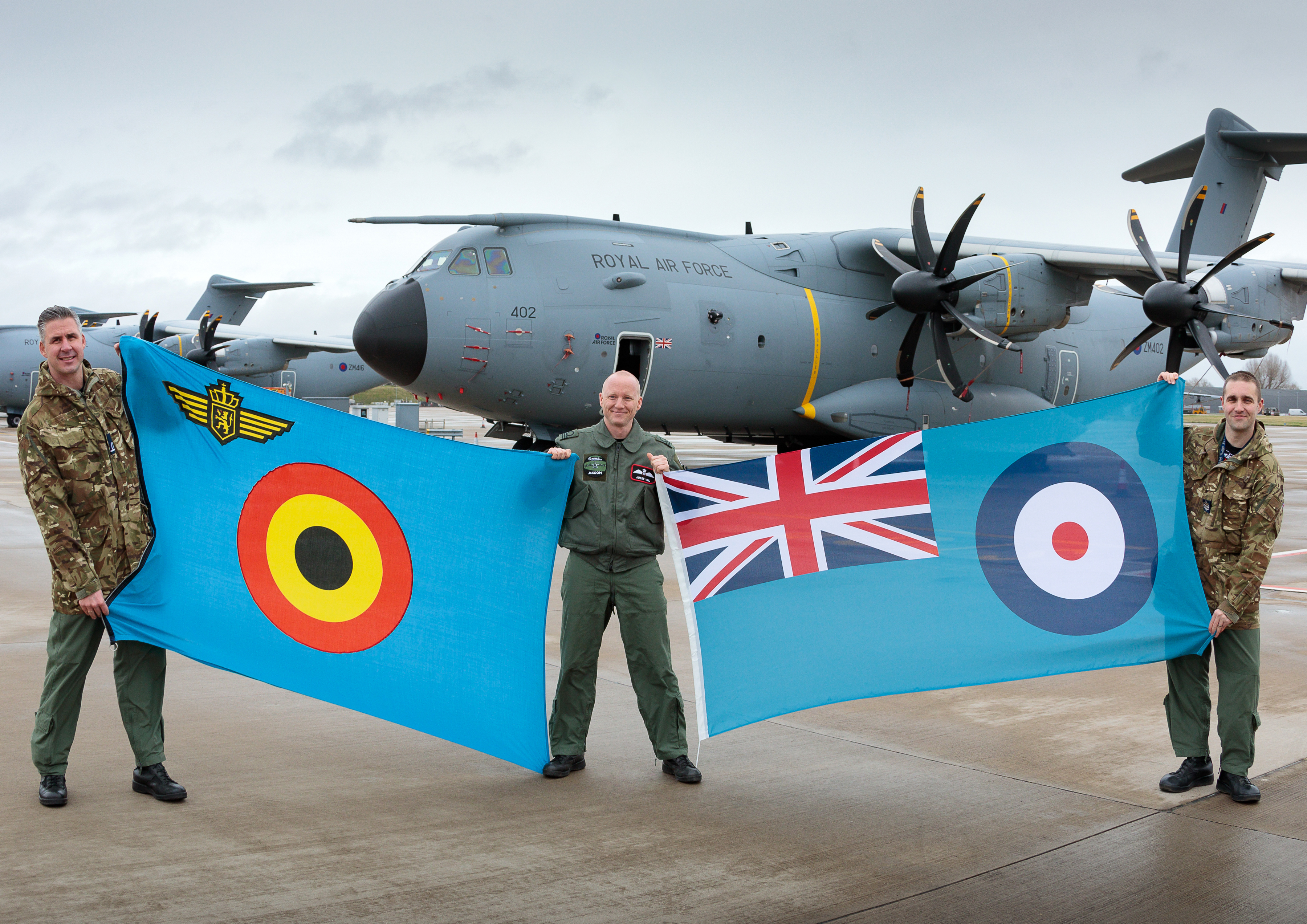
Sunday the 24th October marks the 75th anniversary of 349 and 350 Squadrons transfer after the Second World War. These were the first two RAF Belgian Squadrons to form.
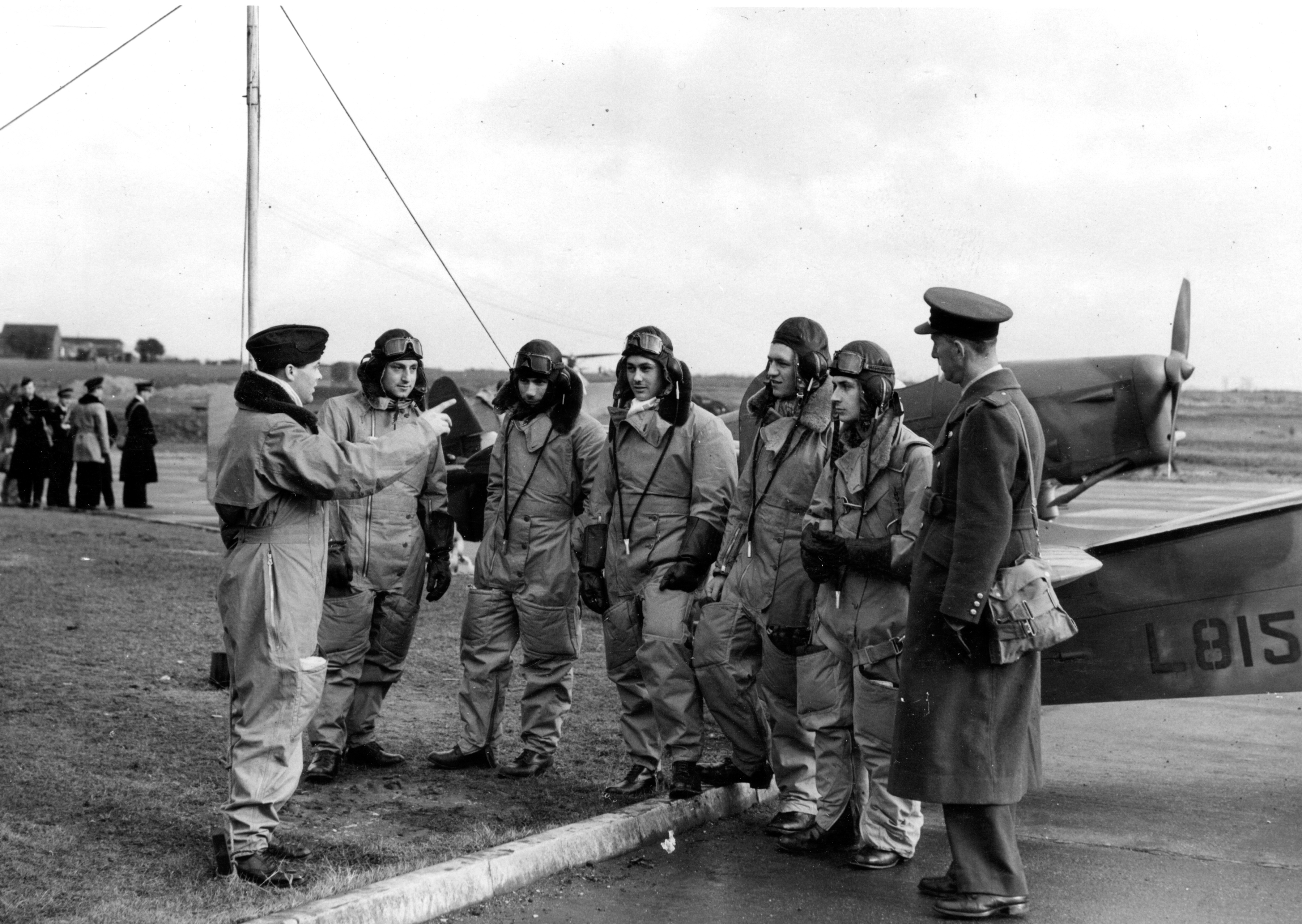
In 1940, Belgium was overwhelmed by the German Sixth Army. Around 6500 Belgian soldiers and 15,000 civilians were killed, before King Leopold surrendered to the Nazi invaders and the government were exiled to France.
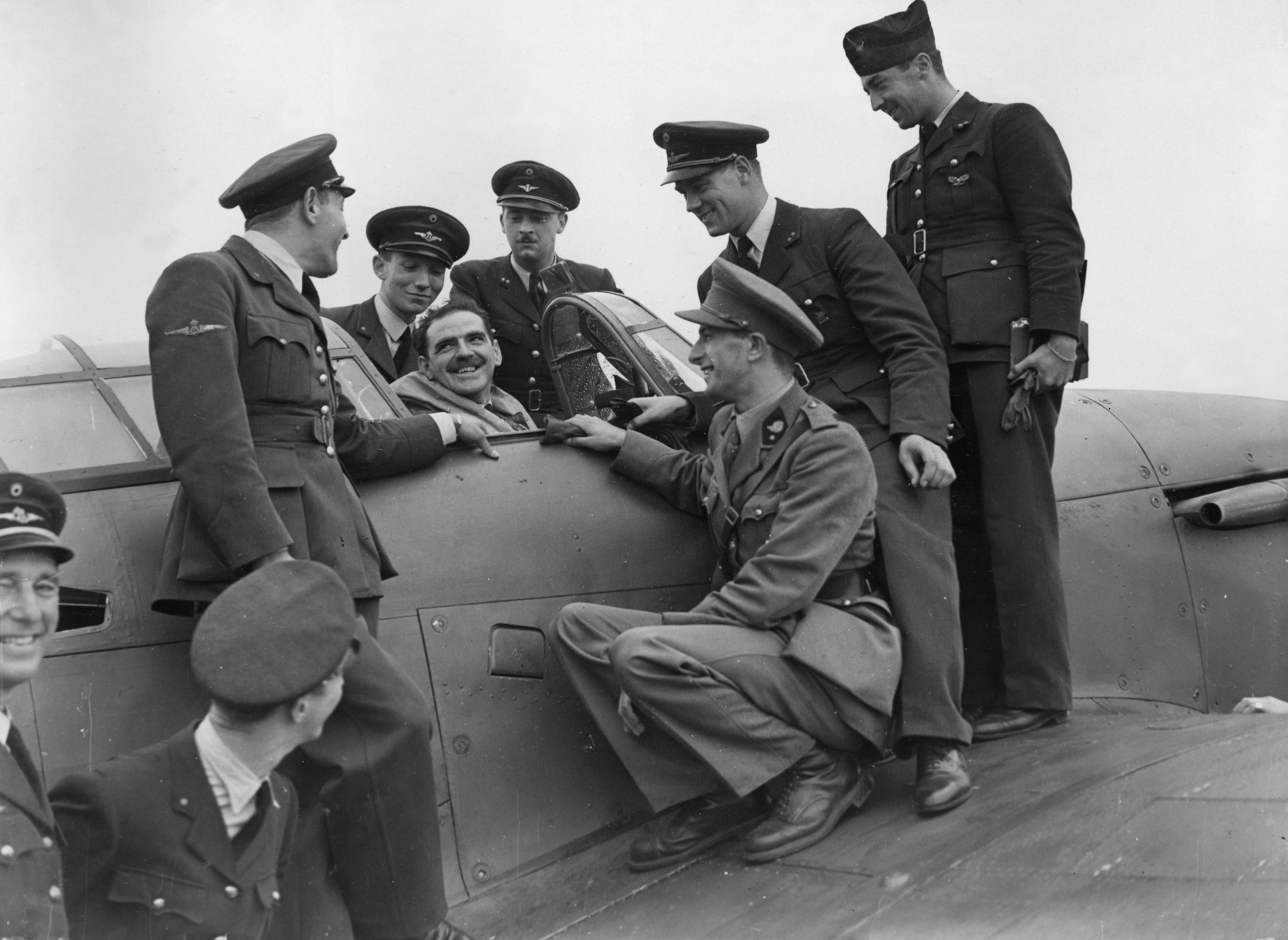
Belgium had great air expertise and 198 first-line aircraft for the British RAF to utilise. 180 Belgian pilots and ground crew soon arrived in Britain, exiled from their own country but protected by British military codes under the Allied Forces Act.
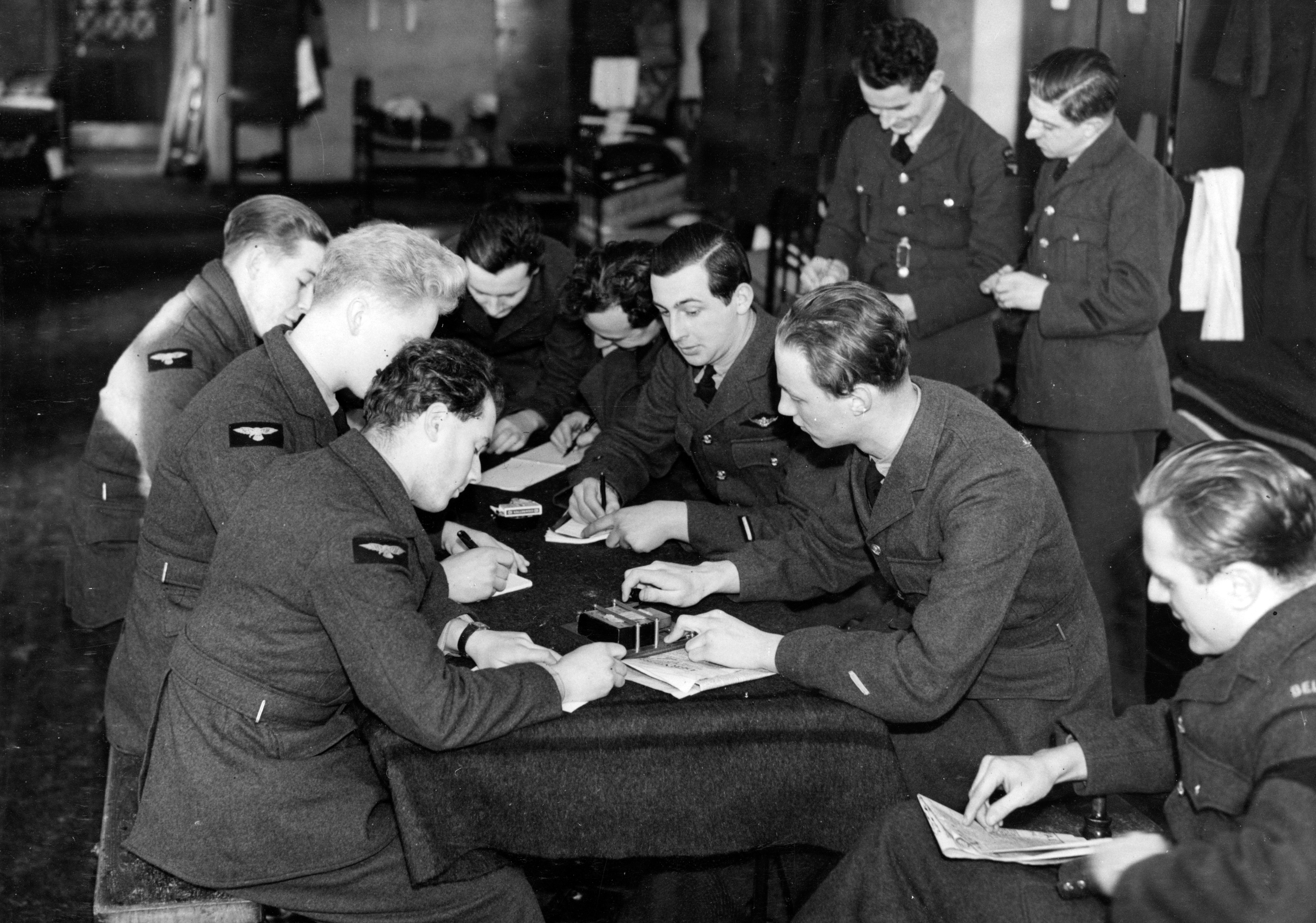
There were not enough Belgian airmen to form their own units, so they flew alongside British Squadrons under Fighter Command, the South African Air Force, and the French Unit.
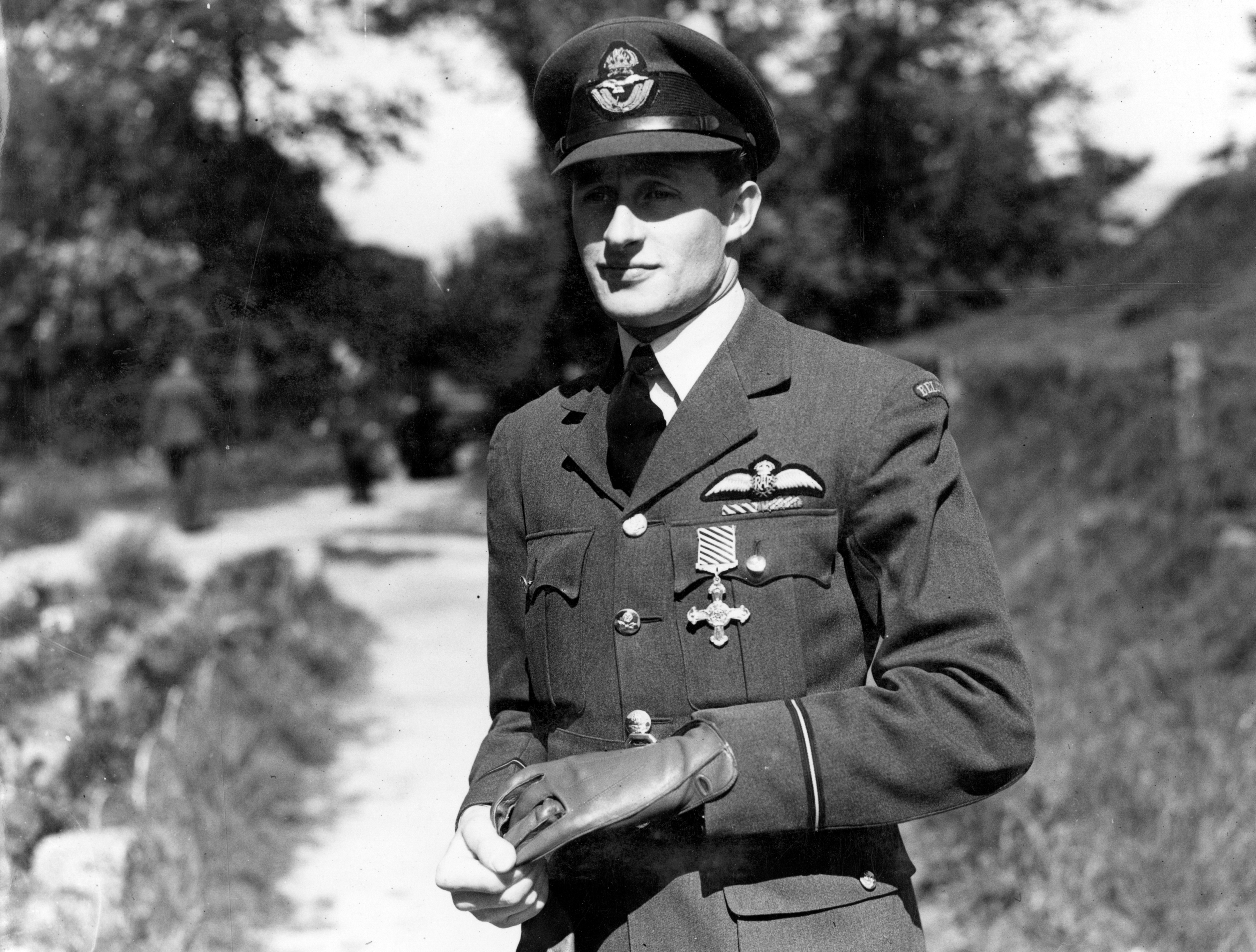
It took a long time to gather and train enough Belgians for a Squadron of their own. By late August 1940, an appeal was submitted to Sholto Douglas (then Air Officer Commanding Fighter Command) who agreed the Belgians could form a Squadron based on, "political considerations and national prestige."
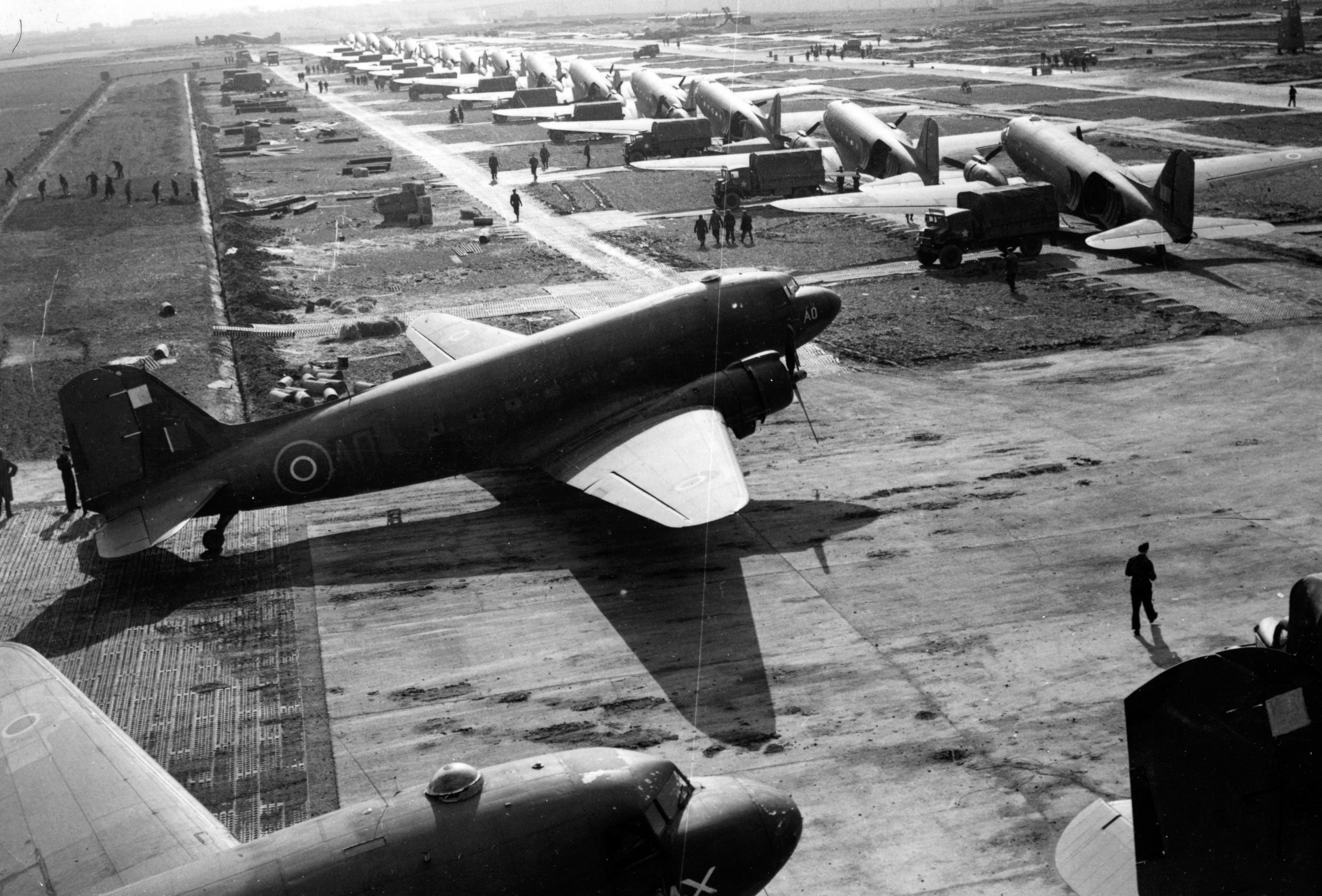
Thus, the first Belgium Squadron formed at RAF Valley on 12th November 1941. 350 Squadron were made of pilots from the Belgian Flight of 131 Squadron and Fighter Command, flying Spitfires on exercises and operational patrols. They moved to Debden on patrols and convoy escorts under 11 Group, before going to Redhill on scrambles, convoy patrols and escort duties. They later commenced patrols and sweeps over Northern France, until 1944 when they moved to Peterhead for a month of shipping patrols.
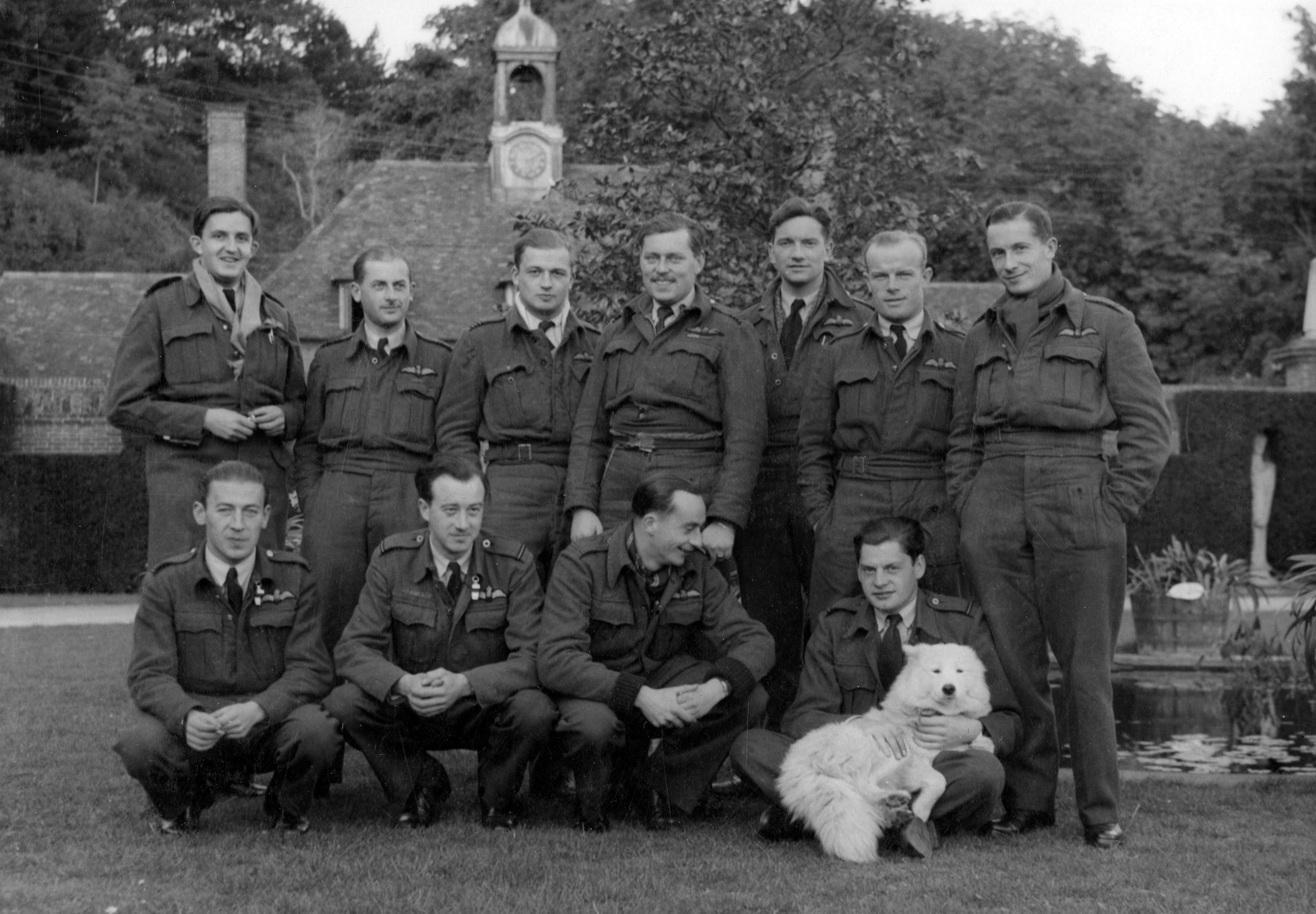
350 Squadron played a pivotal role in the Normandy Landing on the 6th June 1944, flying continuous beachhead patrols and sweeps over Northern France. The Squadron then undertook armed reconnaissance until the end of the war.
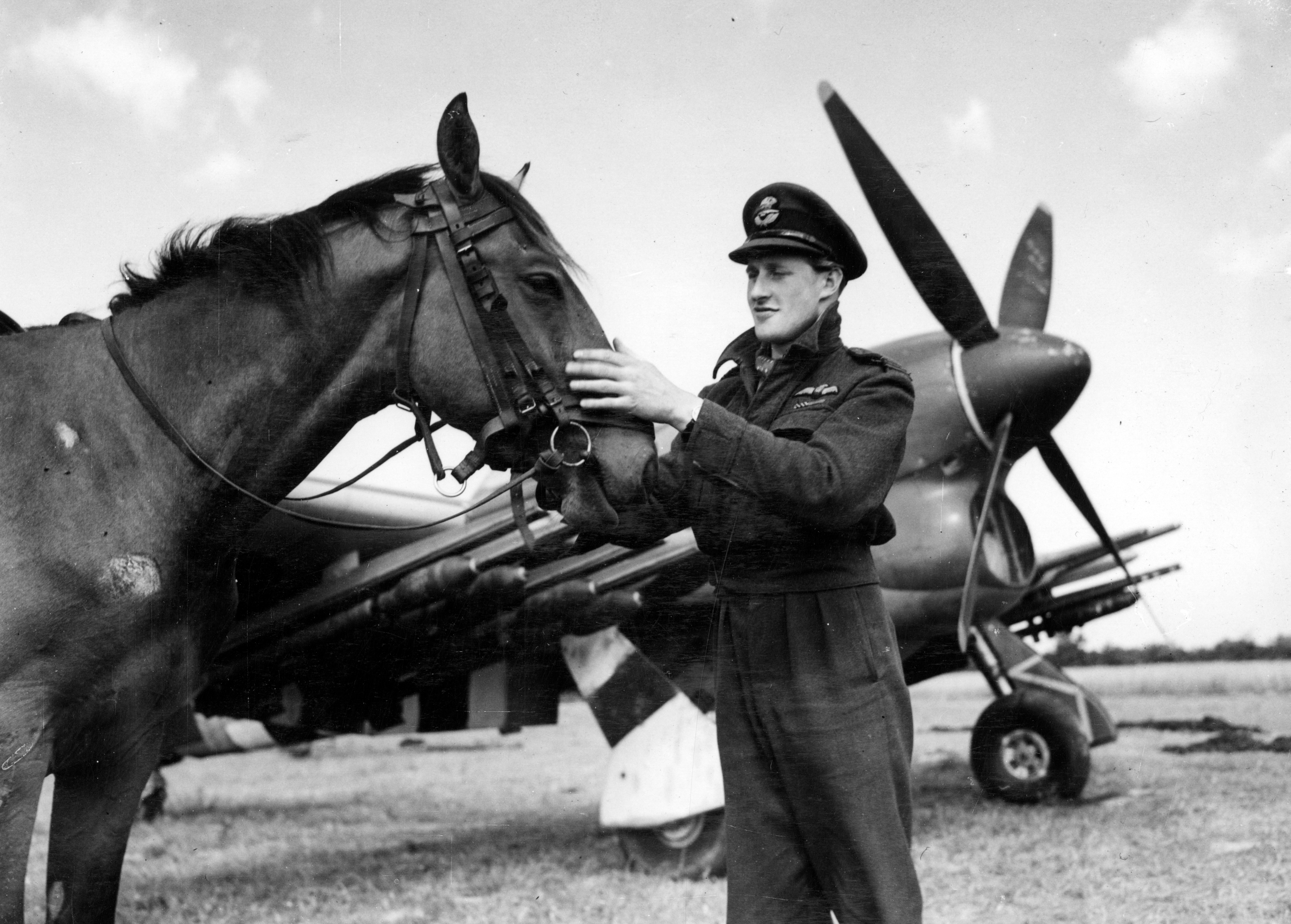
The second Belgium Squadron formed on the 10th November 1942, at Ijeka, Nigeria. 349 Squadron were made of Belgian pilots from the South African Air Force, and the Force Publique; equipped with Tomahawks, the Squadron performed ferrying duties in the Middle East, before reforming at RAF Wittering and flying Spitfires on sweeps over France.
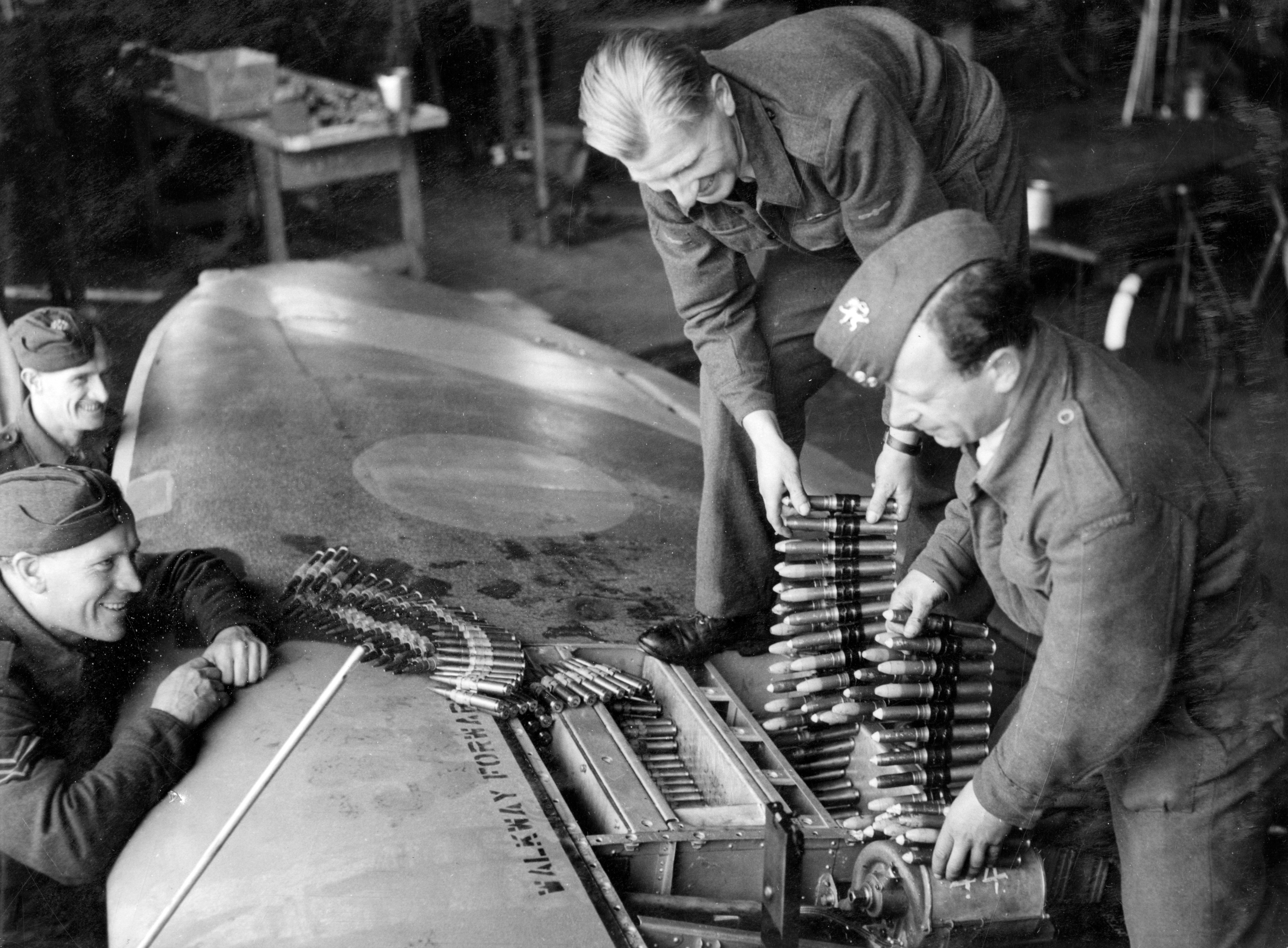
They transferred to 2md Tactical Air Force, playing an active role in the invasion of Europe with numerous sweeps over France. 349 Squadron returned to the UK in February 1945, before moving to Gilse-Rijen, in the Netherlands on armed sweeps over Germany. They finally settled in Fassberg on the 20th November 1945.
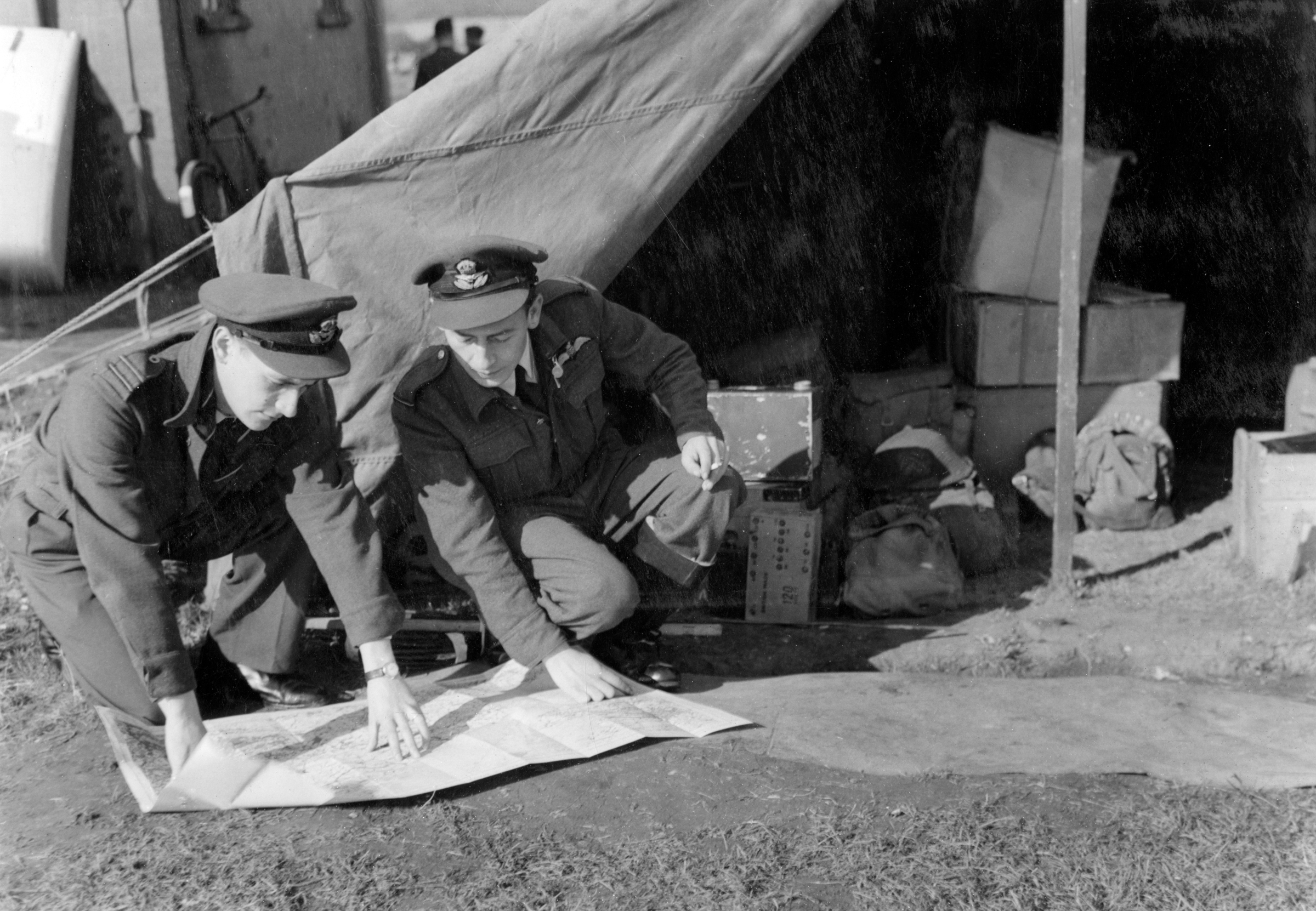
A parade at the Evere landing ground in Brussels, on the 24th October 1946, marked the transfer of both 350 and 349 Squadrons to the recreated Belgian Air Force.
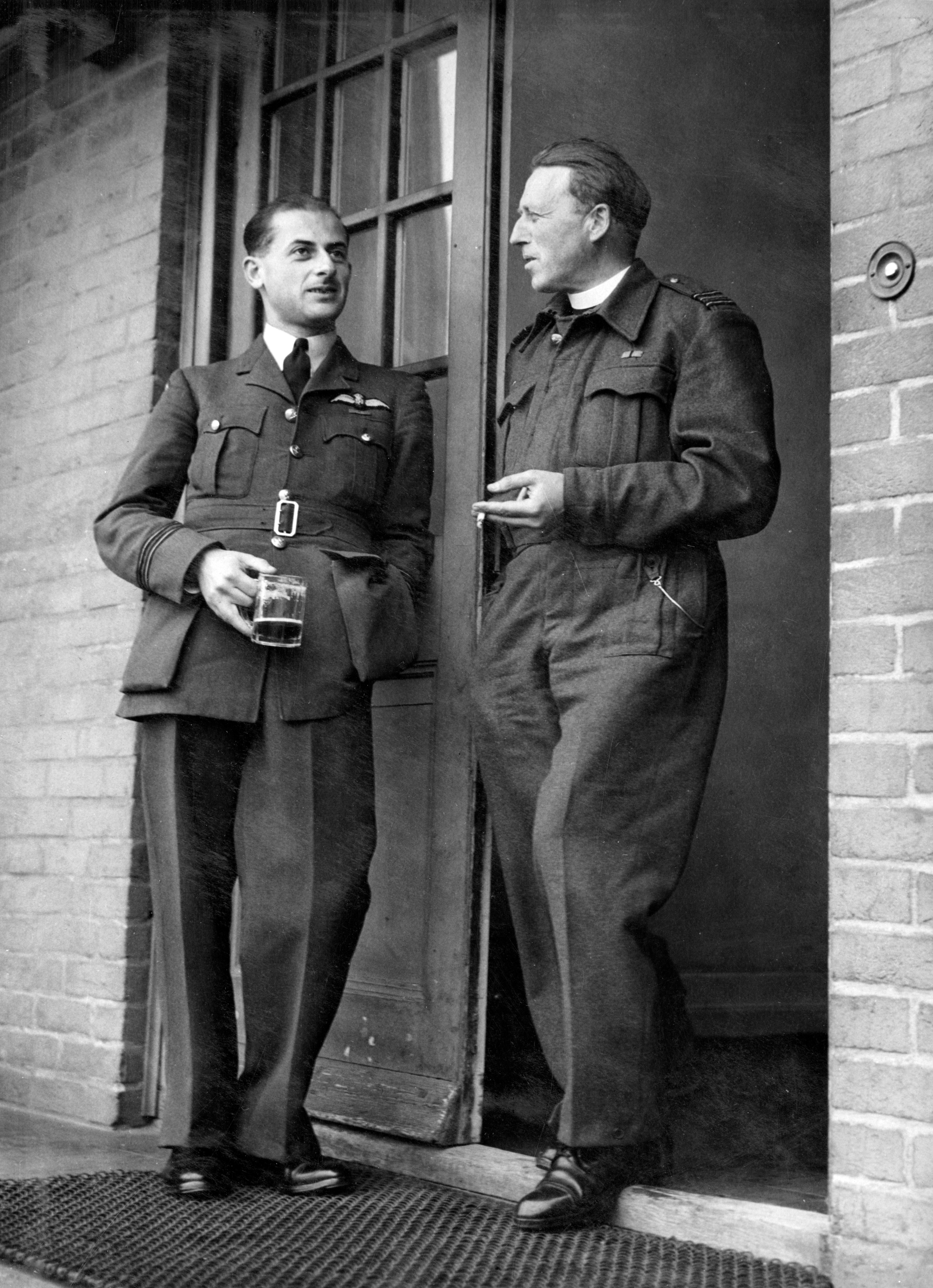
During the Second World War the Belgian Squadrons achieved:
- 59 Distinguished Flying Crosses (4 with Bar, 1 with two bars)
- 4 Distinguished Service Orders
- 2 Military Crosses
- 1 Distinguished Flying Medals
- 1 Air Force Cross
- 1 Member of the British Empire
- 1 Order of the British Empire
